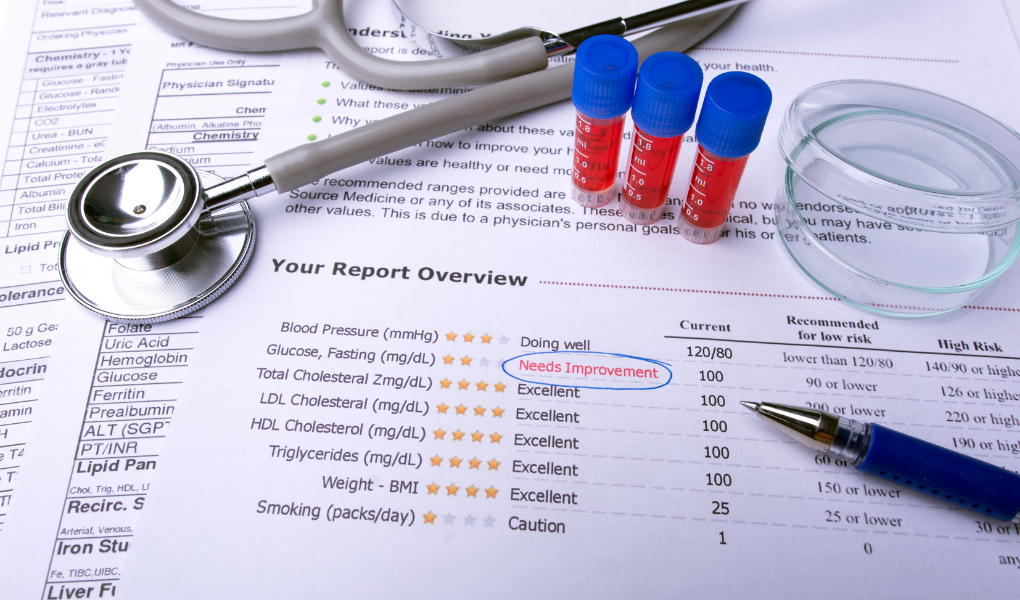Do Blood Test Reference Ranges Vary From State to State?

More Programs and Publications Featuring Dr. Kyle Riding
In this program:
For patients who receive a blood test in different parts of the country, their test results may vary from state to state. Watch as medical laboratory scientist Dr. Kyle Riding explains how blood test reference ranges are calculated by geographic location and what may be recommended if results fall outside the laboratory range.
Transcript
Interviewer:
Let's just say I've been in Nebraska for two weeks, I had a blood test, and then I flew across the country to New York, and I needed to do another blood test. Can you tell us what reference ranges are and how do they differ among labs?
Dr. Kyle Riding:
Absolutely, so reference ranges are often referred to as normal ranges, but a lot of us in healthcare don't like that term, normal range, because what that implies is, is if you're inside that range, you must be completely healthy. That's not always the case. A reference range is truly an indication of what's the general range of results that a healthy individual should but might not fall into alright. So we're basically using statistics to figure out these ranges, because, unfortunately, our bodies didn't come with an instruction manual, which I think is rather rude of our bodies, to be honest with you. But what we do is we recruit healthy individuals from our community, and we basically test different items in their blood and develop these reference ranges using some some pretty cool statistical techniques, but the best we can do is create a range that really captures about 95 percent of the healthy population, so that means you may be perfectly healthy, perfectly.
Living your life and enjoying it and having no health issues to be concerned about, but you're simply part of the 5 percent of a population who may have an abnormal BUN or an abnormal white blood cell count. But you don't have to worry about it. Now, does that mean if your result is way outside of the range, you should just sit back and say it's nothing...absolutely not. The further away from that reference range, the more likely that a disease is present. However, it's important to remember that all laboratories around the country are taking part in creating their own reference ranges, their own standard by which patients are compared to, and that's because what's healthy and considered healthy in New York City may be different than what's happening in Denver, Colorado because of the altitude difference, and because of the fact that patient's hemoglobin levels will be higher in Denver, so the reference ranges could differ there drastically. To go back to your example with Nebraska, they're using different machines and instruments in the lab in Nebraska than they are in the other lab in New York, and because of that, there's going to be slight variation that could occur in the results that you're getting.
And so you need to always compare your results and check them to the reference ranges for that laboratory, they were run out, and those reference ranges should always be provided with your laboratory report, so you don't have to worry about getting them or finding them or calling someone, but never try and compare the results from one geography to a lab in another geography because those reference values may be slightly different, and if you do that, you may interpret things a little differently than you should.
The information on Diverse Health Hub is provided for educational purposes only, and is in no way intended to diagnose, cure, or treat any medical or other condition. Always seek the expert advice of your healthcare team. To learn more about privacy, read our Privacy Policy.
Related Videos:


























